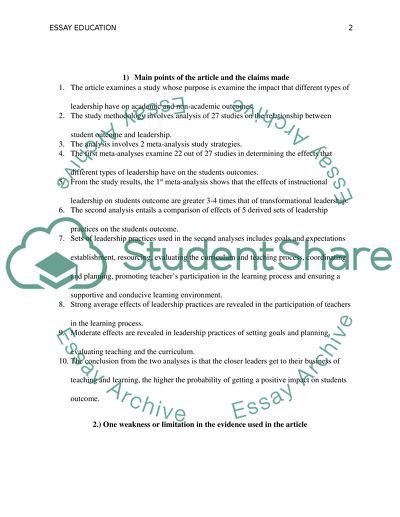Cite this document
(“Robinson et al Essay Example | Topics and Well Written Essays - 2000 words”, n.d.)
Robinson et al Essay Example | Topics and Well Written Essays - 2000 words. Retrieved from https://studentshare.org/education/1663183-robinson-et-al
Robinson et al Essay Example | Topics and Well Written Essays - 2000 words. Retrieved from https://studentshare.org/education/1663183-robinson-et-al
(Robinson Et Al Essay Example | Topics and Well Written Essays - 2000 Words)
Robinson Et Al Essay Example | Topics and Well Written Essays - 2000 Words. https://studentshare.org/education/1663183-robinson-et-al.
Robinson Et Al Essay Example | Topics and Well Written Essays - 2000 Words. https://studentshare.org/education/1663183-robinson-et-al.
“Robinson Et Al Essay Example | Topics and Well Written Essays - 2000 Words”, n.d. https://studentshare.org/education/1663183-robinson-et-al.


